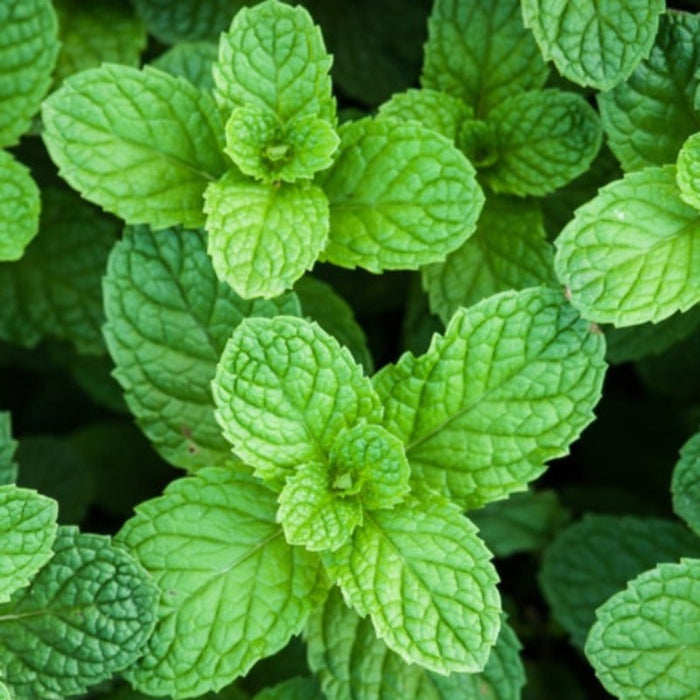
Peppermint Heirloom Seeds
Save 80%
Original price
$10.00
Original price
$10.00
-
Original price
$10.00
Original price
$10.00
Current price
$1.99
$1.99
-
$1.99
Current price
$1.99
Refresh your garden and kitchen with our Peppermint Heirloom Seeds (Mentha spicata). A perennial favorite, peppermint is renowned for its strong fragrance and cooling, energizing flavor, making it a versatile addition to teas, baked goods, and salads. This plant produces attractive lilac-pink flower spikes that are a magnet for bees and other pollinators. Due to its tendency to spread, consider planting peppermint in containers to enjoy its benefits without the worry of it taking over your garden.
About Our Seeds:
- Non-GMO and Open-Pollinated: Ensures you are planting seeds that are environmentally sustainable and maintain biodiversity.
- Untreated: Our seeds are free from chemicals, promoting a healthy, organic garden.
- Quality Tested: We routinely test our seeds to ensure high germination rates and seed viability.
- Eco-Friendly Packaging: Professionally packed in eco-friendly, resealable packets made from recycled materials and printed with vegetable-based ink.
Planting Instructions:
- Outdoor Sowing: Direct sow outdoors up to two months before the first fall frost or 1-2 weeks after the last spring frost.
- Indoor Sowing: Start seeds indoors 6-8 weeks before the last expected frost.
- Container Planting: Recommended to prevent spreading.
Quantity:
- Approximately 75 seeds per packet.
Growing Tips:
- Location: Choose a location that gets full sun to partial shade.
- Soil: Prefers moist, well-drained soil.
- Watering: Keep soil consistently moist.
- Care: Regularly harvest leaves to encourage new growth and prevent the plant from becoming woody.




